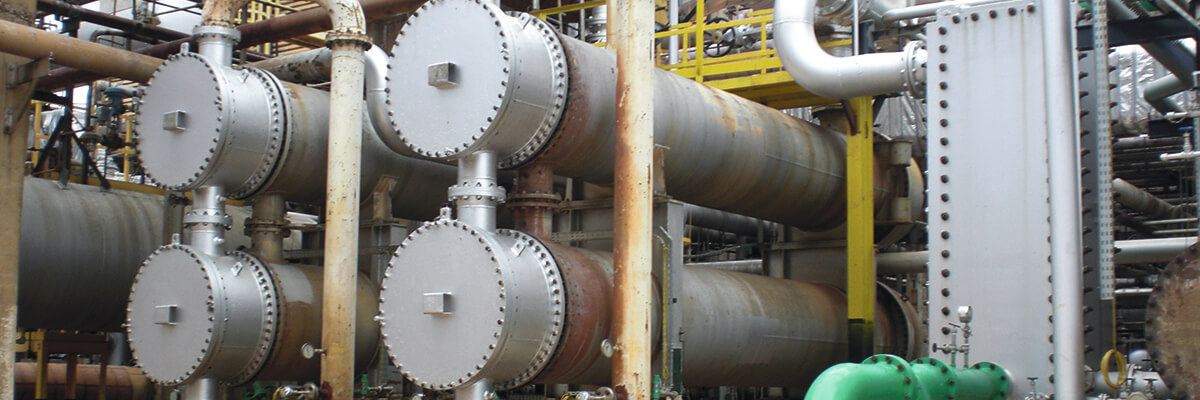Eliminating corrosion and boosting performance: How Petrobas replaced their shell-and-tubes with Alfa Laval Compabloc
Starting in 2002, Petrobras’ Replan oil refinery began replacing some of its shell-and-tube condensers and reboilers with Compabloc compact heat exchangers from Alfa Laval. The switch to compact heat exchangers was prompted by corrosion problems in the shell-and-tube units in the sour water stripping unit and the need to improve the thermal performance of the condensers in the FCC (fluid catalytic cracking) unit. Today Replan has eight Compablocs in operation.
DATE 2025-10-30The challenge
"We needed a cost-effective heat exchanger solution where titanium and alloys could be used to avoid corrosion problems. Also, a solution that would allow space for revamps at
various process stages” - explains Osmar Vallim Pedroso, Senior Engineer at Replan.
Our solution
As the refinery had no previous experience of compact heat exchangers, at first there was some concern about implementing this technology conversion. Accordingly, all technical aspects of Compabloc compared to shell-and-tube solutions were analyzed before going ahead with the purchase.
We chose compact heat exchangers due to their high efficiency. Also because it’s possible to install a Compabloc in a reduced footprint area for revamping projects. To get the same heat transfer capacity using shell-and-tube units requires more space, and material and installation costs are much higher”
– says Osmar Vallim Pedroso.
Process implementation
The first of Replan’s eight Compablocs operates as a condenser in the sour water stripping column. Equipped with titanium plates, the unit replaced an existing shell-and-tube unit with a tube bundle in AISI 304 which was facing serious corrosion problems. These were primarily due to high contents of chlorides and hydrogen sulphide in the vapour stream. No corrosion problems have been experienced since the unit was installed.
Replan later added another Compabloc with titanium plates as a reboiler at the bottom of the sour water stripping column. The compact design and low static head necessary for this installation were key factors in choosing Compabloc for this application.
Compabloc compact heat exchangers installed in the Fluid Catalytic Cracking Unit at Petrobras’ Replan Refinery.
The refinery have also replaced two shell-and-tube units with one Compabloc vertical condenser at the vapour compression stage, providing 20% additional heat transfer capacity in a smaller space. Two more Compablocs, with plates in 254 SMO, were installed in the naphtha fractionation unit as top condensers.
The have also added three more Compablocs during the revamp of their FCC unit, each operating in parallel with existing shell-and-tube units.
Impact and benefits
Alfa Laval’s Compabloc heat exchangers provided the following benefits to the refinery:
- No corrosion problems have been experienced since the Alfa Laval units were installed.
- Reduction of the hydrocarbon load on the compressors.
- With its compact design, compared to a shell-and-tube heat exchanger, Compabloc can be installed where floor space is limited.
- The units need very little maintenance.
Alfa Laval gave us good support in finding the best solution. The Compablocs give excellent thermal performance and maintenance costs are lower than for shell-and-tube units.”
- Osmar Vallim Pedroso, Senior Engineer at Replan
Download
The compact, fully welded Compabloc heat exchanger is designed to operate with a wide range of aggressive media and at high temperatures and pressures.
Key facts
Design temperature
400°C (752°F), down to -100 °C (-148°F)
Design pressure
From full vacuum to 42 barg (600 psig)
Maximum heat transfer area
840 m2 (8,985 ft2)
Material of construction
316L, SMO254, 904L (UB6), Titanium, C-276/C-22/C-2000


